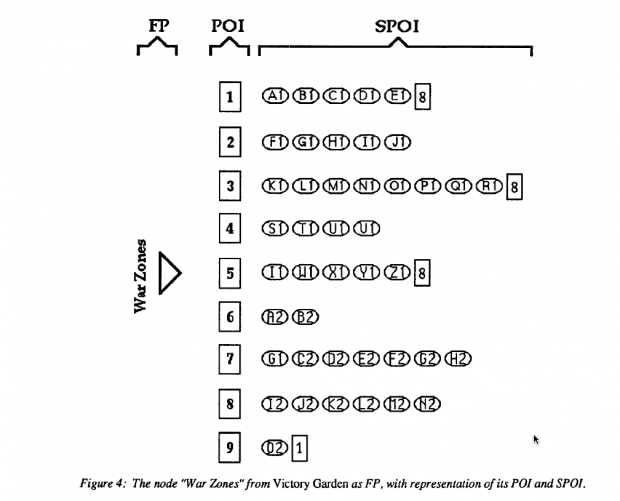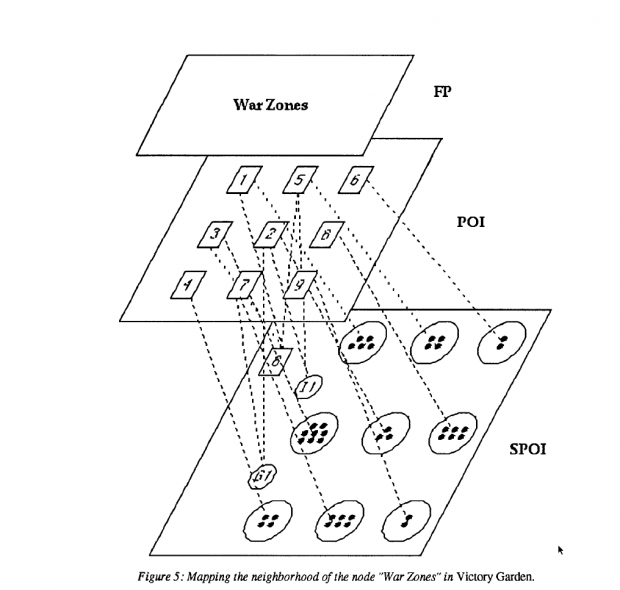Where No Mind Has Gone Before: Ontological Design for Virtual Spaces
Hypermedia designers have tried to move beyond the directed graph concept, which defines hypermedia structures as aggregations of nodes and links. A substantial body of work attempts to describe hypertexts in terms of extended or global spaces. According to this approach, nodes and links acquire meaning in relation to the space in which they are deployed. Some theory of space thus becomes essential for any advance in hypermedia design; but the type of space implied by electronic information systems, from hyperdocuments to “consensual hallucinations,” requires careful analysis. Familiar metaphors drawn from physics, architecture, and everyday experience have only limited descriptive or explanatory value for this type of space. As theorists of virtual reality point out, new information systems demand an internal rather than an external perspective. This shift demands a more sophisticated approach to hypermedia space, one that accounts both for stable design properties (architectonic space) and for unforseen outcomes, or what Winograd and Flores call “breakdowns.” Following Wexelblat in cyberspace theory and Dillon, McKnight, and Richardson in hypermedia theory, we call the domain of these outcomes semantic space. In two thought experiments, or brief exercises in interface design, we attempt to reconcile these divergent notions of space within the conceptual system of hypermedia.
(Source: Author's abstract, ACM Digital Library)
Works referenced:
|
Title |
Author | Year |
|---|---|---|
| Victory Garden | Stuart Moulthrop | 1991 |
Critical writing that references this:
| Title | Author | Publisher | Year |
|---|---|---|---|
| Pushing Back: Living and Writing in Broken Space | Stuart Moulthrop | MFS Modern Fiction Studies | 1997 |



